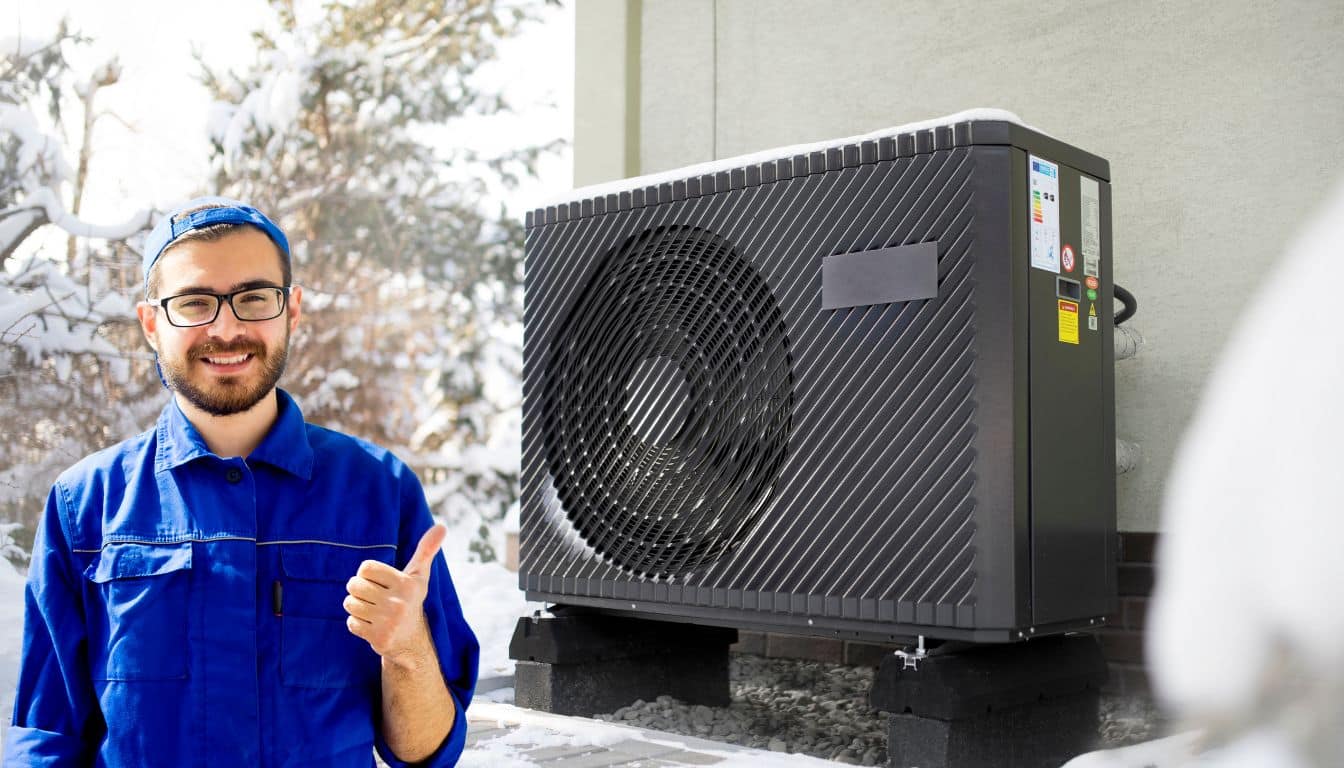During the winter months, your heat pump may face significant challenges due to the intense cold. To ensure a optimal functioning and prolong its life, it is essential to adopt simple but effective precautions.
By following a few essential tips, you can protect your investment from harsh winter temperatures and maintain a comfortable home environment.
Understand the importance of protection
The pressure of winter cold not only reduces the performance of your heat pump, but can also cause irreversible damage.
Low temperatures and whether can compromise the system’s ability to extract calories from the outside air effectively. This leads to an increase in energy consumption to maintain the necessary level of heat.
Furthermore, the whether can accumulate on the compressorputting one of the most crucial components of the system at risk.
Essential preventive measures
One of the first measures to take is the installation of a adequate shelter above the outdoor unit. Make sure you keep a minimum distance of 50 centimetres around the device to ensure a adequate ventilation.
These measures prevent the neve excessive heat can directly affect the unit. Furthermore, a daily check and cleaning of the grills ventilation they help prevent the accumulation of dead leaves and the formation of ice.
De-icing and maintenance technology
Modern heat pumps are often equipped with a function automatic defrostwhich briefly reverses the thermal cycle to clear accumulated ice.
Maintain regular maintenance of this mechanism, especially with the help of a specialized technicianis essential to optimize its effectiveness.
Through appropriate annual checksthe technician is able to adjust the pump parameters according to the specific needs of your environment, thus ensuring optimal protection from frost.
Optimization of heating parameters
It is important that your heat pump settings are aligned with winter weather conditions. Keep one thermal consistency around the 19-20°C it is advisable to balance comfort and energy costs.
More advanced adjustments such as heating curve and the self-adaptation function ensure that the system operates with maximum efficiency, responding flexibly to your daily needs.
Regular technical monitoring
Make sure a professional maintenance worker carrying out annual checks is crucial to detect any signs of premature wear.
This includes checking the charge of the refrigerant fluid, the cleaning of the heat exchangersand the control of electrical parameters.
And constant monitoring of your pump’s energy performance not only prevents costly failures but helps keep a detailed record of operations and improves the energy saving.
Have you ever had problems with your heat pump in the winter? Share your experience! The solutions and advice you have adopted can be valuable to other users.







